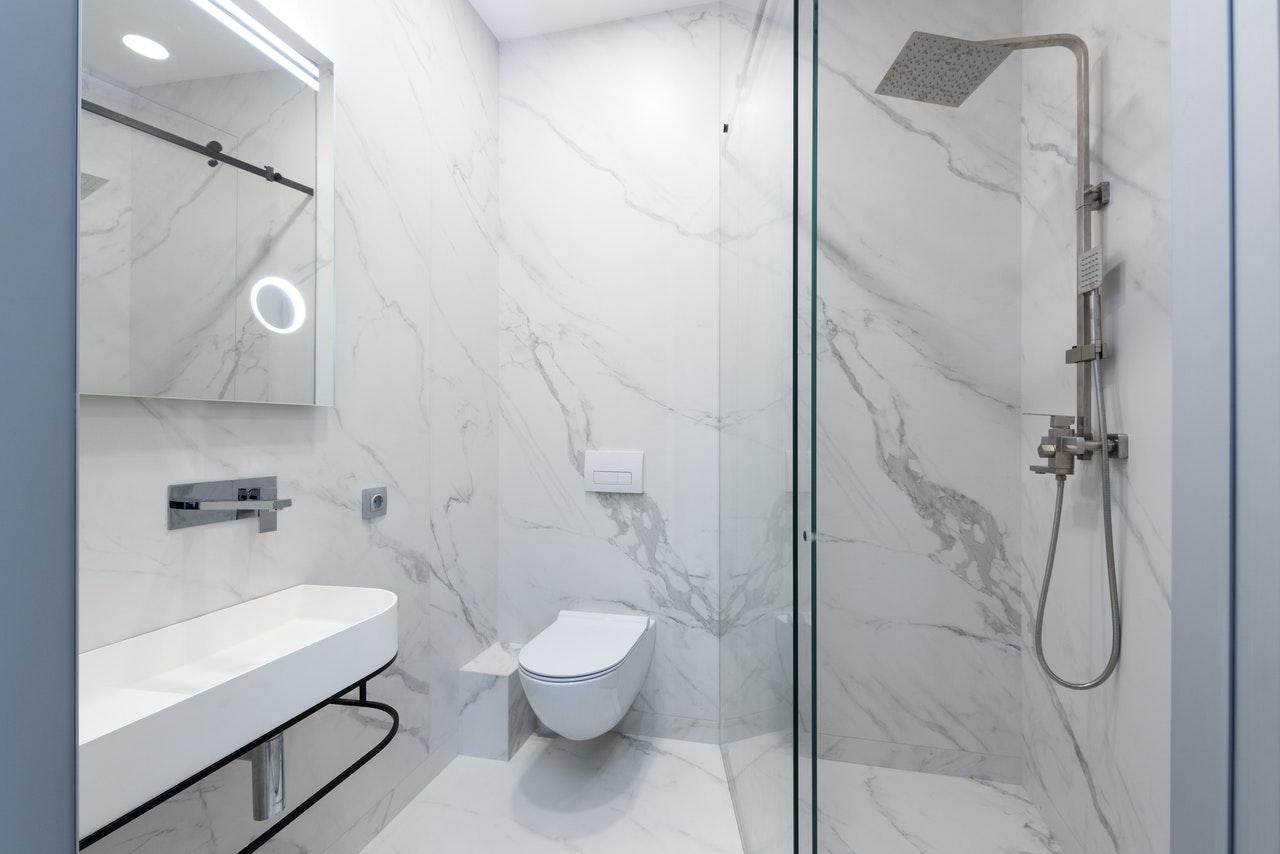On-site wastewater treatment

On-site wastewater treatment is an option if the owner wants to recycle water to reduce demand on mains wastewater systems or if there is no sewer available
According to the Building Code the requirement is that if available, the drainage system must be connected to the construction – although the local authority can provide a waiver, allowing building owners to reduce demand on mains systems by recycling greywater or using a composting toilet.
With a lack of sewer, on-site treatment options will be needed.
Health and safety is always the priority when it comes to wastewater and recycling and this is enforced harshly.
Installing an on-site wastewater treatment system requires a building consent and the installation must be carried out or supervised by a certified drainlayer.
As a homeowner, it is important to understand there are some things that local authorities put in place to regulate water usage. Auckland Council requires that all wastewater treatment and disposal systems in its area are serviced at least every six months.
Blackwater and greywater – what is it?
- Blackwater is wastewater from toilets, dishwashing machines and sinks – because the fats, detergents and cleaning agents used in kitchen wastewater, this needs to be dealt with properly
- Greywater is waste from baths, showers and hand basins.
- Wastewater from washing machines may be considered in either category.
On-site wastewater treatment options
Most on-site wastewater treatment systems involve two stages of treatment – the first stage in a tank or treatment system, and the second when the effluent is spread on to land or the garden and further breaks down.
The first stage may be carried out in a septic tank or in an aerated wastewater treatment system or an advanced sewage treatment system. These systems are much more complex than septic tanks and treat effluent to a level that allows it to be used on the garden or even recycled for toilet flushing and vehicle washing.
For new building projects, most local and regional councils require a higher level of wastewater treatment than that provided by the traditional septic tank.
Both options reduce the amount of effluent to be disposed of by the wastewater treatment system.
Investigate the power consumption and maintenance costs before specifying a model of sewage disposal system – these can vary greatly and can directly influence the cost to the owner
Code requirements
An on-site wastewater treatment system must meet regulations as part of the Building Code. If the system is designed to AS/NZS 1547:2012 On-site domestic-wastewater management, it will meet the requirements of the code.
Local authorities or regional councils may have additional bylaws controlling the installation of on-site wastewater treatment systems. The local authority should be contacted before you begin to make your own system.
The sanitary plumbing connected to an on-site wastewater treatment system within the house must comply with the requirements of NZBC clause G13 Foul water.
To build your own septic tank, all of the regulations can be found here: AS/NZS 1546.1:2008 On-site domestic wastewater treatment units – Septic Tanks.
ABOUT FOX DRAINAGE
We are registered and certified drainlayers in Auckland. We have been operating in Auckland for over 30 years in drainlaying services. We are Auckland city and Watercare approved contractors.
Have any drainlaying requirements in Auckland? Contact us and we’ll be happy to help!
This content was sourced from http://www.level.org.nz/. You can read the full article here – http://www.level.org.nz/water/wastewater/on-site-wastewater-treatment/
